Medical Ethics Accounts of Ground-Breaking Cases 8Th Edition By Gregory – Test Bank
Chapter 03 (A)
Requests to Die: Terminal Patients
1. Which of the following is TRUE about the Hippocratic Oath?
A. It is a patient-centered ethic or ideal.
B. It represents most ancient Greek physicians.
C. It allows physicians to perform abortions.
D. It allows physicians to perform surgery.
E. It encourages the admission of women to medical colleges.
Accessibility: Keyboard Navigation
2. The Nazi “euthanasia” program is frequently cited in debates about physician-assisted dying. One misleading aspect of such a citation is that:
A. no Nazi physicians were involved in the program.
B. the Nazi program did not begin by killing mentally and physically “defective” people.
C. the Nazi program had no consent from patients or patients’ families.
D. the Nazi program opposed the national ideology of “racial purity” and elitism.
E. no institutionalized patients were actually killed in Nazi Germany.
Accessibility: Keyboard Navigation
3. Which of the following statements is FALSE?
A. Dr. Kevorkian’s first patient, Janet Adkins, faced a Catch 22 situation about whether to kill herself before her Alzheimer’s disease advanced or not.
B. Dr. Kevorkian compared himself to Gandhi and Martin Luther King Jr.
C. Dr. Kevorkian first became interested in dying patients not to help them find death with dignity but to increase organs for donation.
D. According to his own account, Dr. Kevorkian as a resident did “research” on dying patients by looking into their eyes as they died, trying to find a verifiable sign of the moment of death.
E. Dr. Kevorkian never spent time in jail for his actions.
Accessibility: Keyboard Navigation
4. Which of these is FALSE about physician-assisted dying in Holland?
A. Incompetent patients in comas for many years are routinely assisted to die by Dutch physicians.
B. Competent patients with terminal illnesses such as AIDS and cancer are routinely assisted to die by Dutch physicians.
C. Dutch physicians have been helping patients to die for 25 years.
D. Most Dutch people like the current situation and do not want to return to the time when physician-assisted dying was banned.
E. Assisting patients to die is something that an ordinary Dutch physician might be asked to do.
Accessibility: Keyboard Navigation
5. The policy of the American Medical Association (AMA) on physician-assisted dying and letting patients die (withdrawing respirators or feeding tubes) changed between 1973 and 1986 in that:
A. physician-assisted dying is now allowed if a patient consents.
B. physician-assisted dying is now allowed, but only for adults, not for children.
C. a physician letting a patient die is no longer considered morally equivalent to physician-assisted dying.
D. no physician may earn money for letting patients die.
E. both letting patients die and physician-assisted dying are forbidden.
Accessibility: Keyboard Navigation
6. Which of these is TRUE about recent developments in Oregon?
A. At the present time, comatose patients like Karen Quinlan can be legally given a lethal overdose by a physician in Oregon.
B. A patient need not be judged terminal, with less than six months to live, before he can legally request physician-assisted dying.
C. Far fewer terminal patients in Oregon requested physician-assisted dying than critics predicted before legalization, and of these, only about half or less actually carried it out.
D. Most people in Oregon who resort to physician-assisted dying do so because they do not have medical insurance, and because they are worried about the costs of staying alive.
E. More people have sought physicians’ help in dying than had been predicted. Oregon physicians have been swamped by such demands and this has put the medical system in acute crisis.
Accessibility: Keyboard Navigation
7. Which of the following statements is FALSE?
A. Terminal patients are learning that by refusing food and water, they can control their deaths, be free from invasive medical technology, and die relatively well.
B. Leo Alexander’s work on Nazi killings predicted Michael Swango’s actions.
C. “Oncologists are against physician-assisted dying for terminal patients because it takes money away from them.” This is an example of a direct argument against physician-assisted dying.
D. Palliative care has developed as a new medical specialty because many patients die poorly.
E. Physician-assisted dying is completely legal in Holland.
Accessibility: Keyboard Navigation
8. Which of the following is NOT an example of a conceptual slippery slope?
A. If we can permit the abortion of a 26-week-old fetus because it tests positive for Down syndrome, why cannot we let a 39-week-old baby die because it is born with Down syndrome?
B. If a miserable quality of life should allow a physician to help a competent patient die, why should not a miserable quality of life allow a physician to help an incompetent patient to die?
C. “The real ethics of American physicians remains largely untested. Once physicians no longer make money keeping patients alive but start to make money helping patients die, no patient in America will be safe.”
D. If your motive is to kill a person and the result is death, both in letting die and in killing, and if society permits letting die, why should not society permit killing?
E. Because we have already accepted that some severely retarded elderly patients in mental institutions have lives that are not worth living, should not we also accept the same for institutionalized, severely retarded neonates?
Accessibility: Keyboard Navigation
9. Which of the following is a way for a terminal patient to die with minimal medical intervention and maximal control?
A. Hanging himself or herself
B. Refusing food
C. Refusing water
D. Jumping off the Golden Gate Bridge
E. Taking an overdose of aspirin
Accessibility: Keyboard Navigation

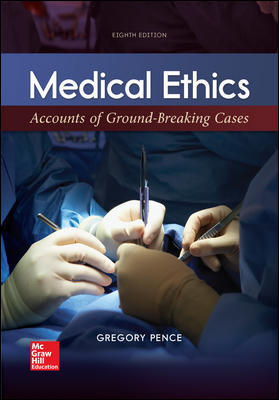

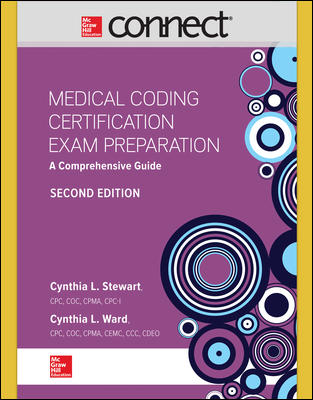


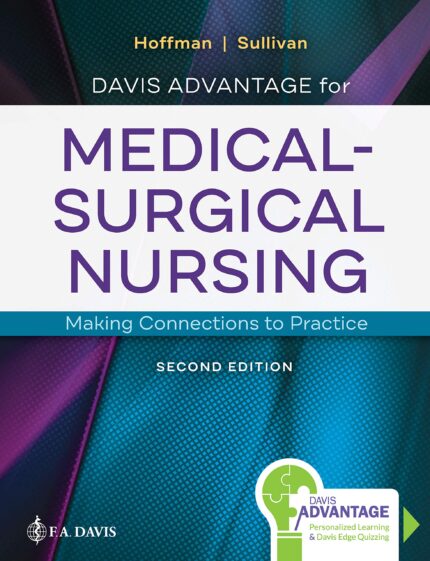

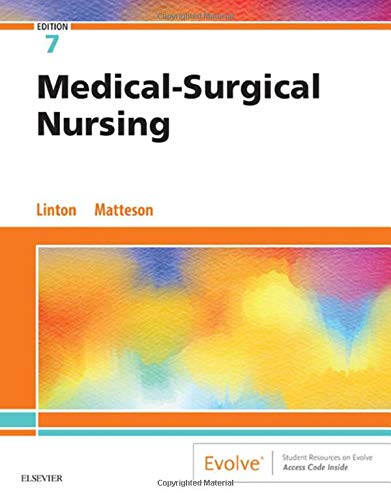
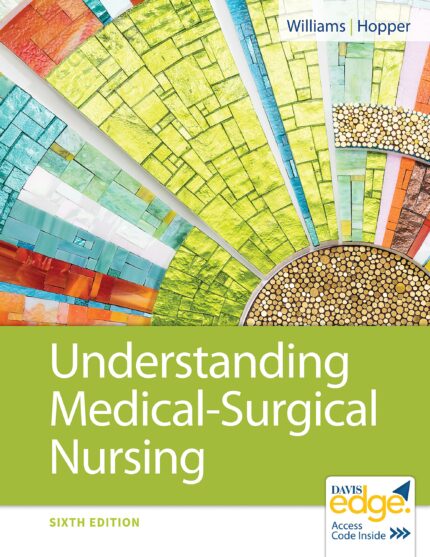
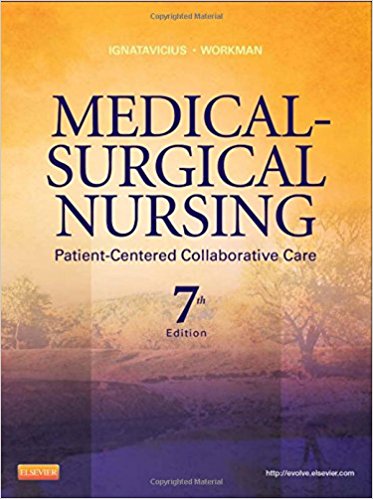

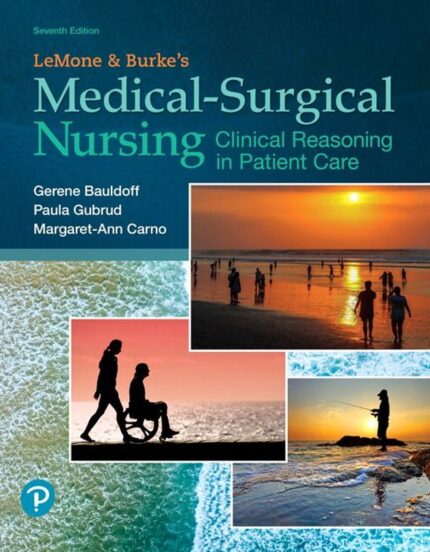

Reviews
There are no reviews yet.